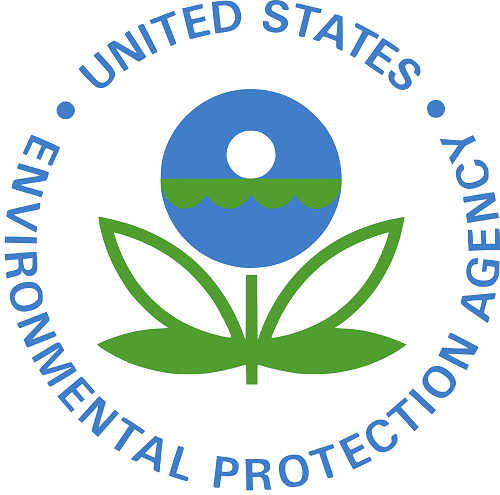President Trump’s Proposed EPA Budget Cuts Severely Impact Harvey & Other Disaster Response

Growing public health and environmental dangers, such as those in Texas resulting from Harvey, are exactly what EPA deals with daily and what the agency is in the midst of dealing with right now.
But these critical EPA programs that address public health threats are under unprecedented assault. The Trump administration proposes a massive 30% cut to the agency, a budget reduction greater than any other department or agency, and one that would return its real budget to mid-1970s levels.
Political leaders in Washington and Texas cannot laud the federal government’s response to Harvey, while simultaneously advocating for budget cuts to EPA that will cripple these exact same functions and the nation’s ability to help.
EPA Plays Major Role in Harvey & Natural Disasters
EPA is on point to address a wide variety of threats from life-threatening emergencies like explosions and fires to public health dangers that create short and long-term illness from bacterial infections to cancer.
EPA’s science and technical experts work in partnership with state and local agencies to:
- respond to petrochemical spills
- deal with sewage treatment plants, including raw sewage spills
- address seepage and potential seepage at Superfund sites
- assess drinking water and wastewater systems to ensure safety
- address basement oil tank problems in residences damaged by flooding
- collect household waste as well as asbestos-containing building debris
President Trump‘s budget eliminates and slashes the programs that do this exact work.
Trump Proposed EPA Cuts & Effects on Hurricane Response
These EPA programs which are key to the agency’s public health mission would suffer major cuts or total elimination under the President’s FY2018 proposal
Assess Contamination and Design Response to Clean Up Efforts
Science and Technology Programs: approximately 40% Cut
- public health experts provide assessment and cleanup roadmap for Superfund and other sites.
- works with Potentially Responsible Parties who secure and clean up their sites.
Homeland Security: almost 40% Cut
- provides essential assessments of public health risks posed by major infrastructure and facilities.
- works closely with the Department of Homeland Security and State of Texas.
Air Quality Monitoring: nearly 30% Cut
- grants compose almost 30% of state and local agencies’ air monitoring budgets.
- essential –including in aftermath of chemical emissions and fires
Public Water System Supervision: 30% Cut
- plays major role in organizing water quality safety and monitoring responses to the hurricane – raw sewage spills and other problems.
Superfund and Brownfield Programs: 30% Cut to Both Programs
- assesses whether contamination has been carried by floodwaters beyond the fenceline, and provides cleanup support
Inform Communities of Chemicals Being Used and Released
Community Right-to-Know, Toxics Release Inventory: nearly 40% Cut
- critical for assessing risks like volatile Arkema chemical plant in Crosby, TX.
- go-to public source for industry-reported pollution info for nearly three decades.
- informs people and authorities of chemicals being used – and released.
Protect Low-Income Communities from Environmental Hazards
Environmental Justice (EJ): Eliminated
- low-income communities often suffer disproportionately during natural disasters, as is evident with Hurricane Harvey.
Provide Essential Expertise: cutting approximately 3000 positions
- the Administration is seeking to cut positions and buy out career EPA staff whose expertise, institutional knowledge and support are crucial in responding to environmental disasters.

